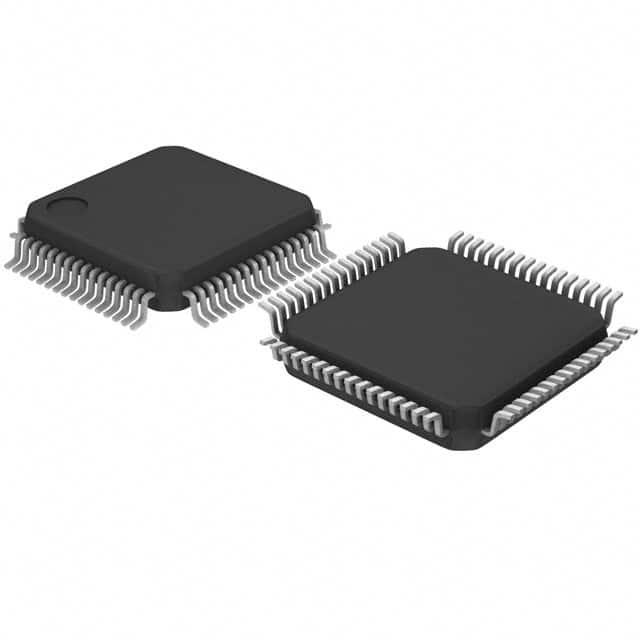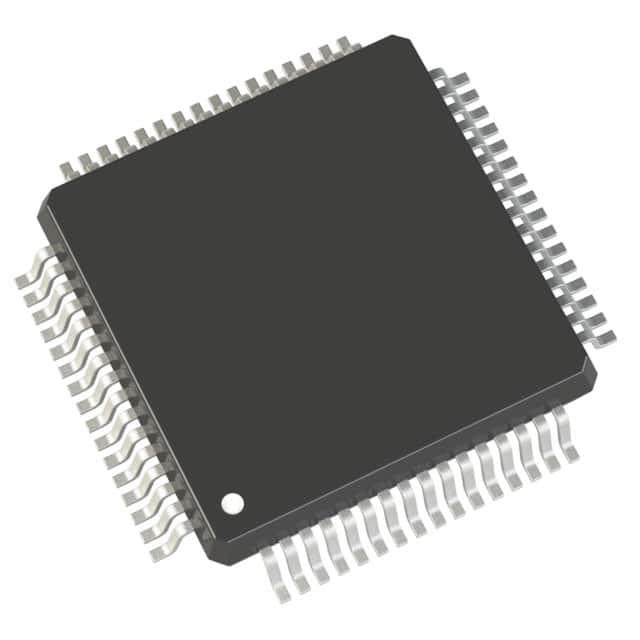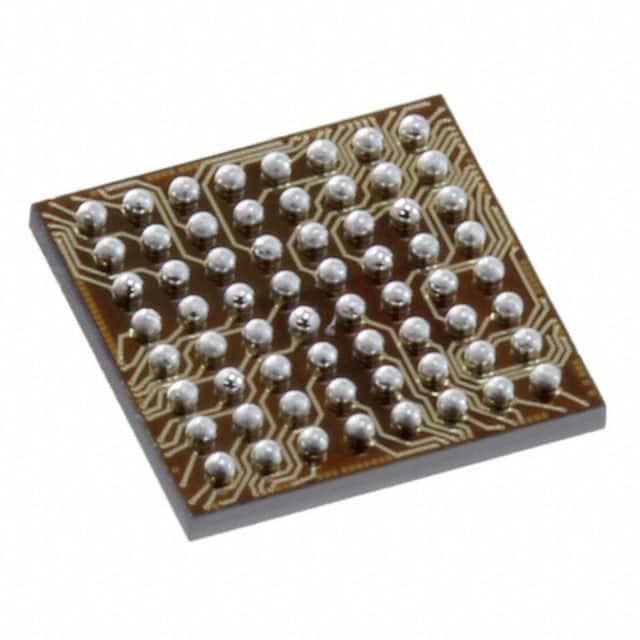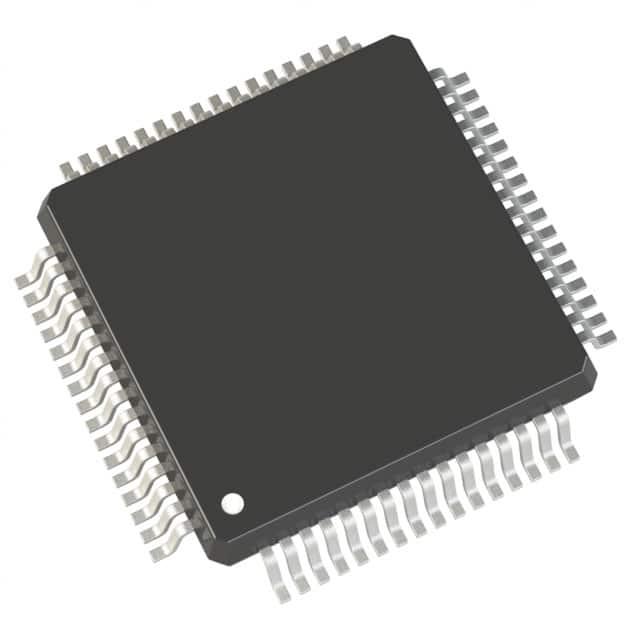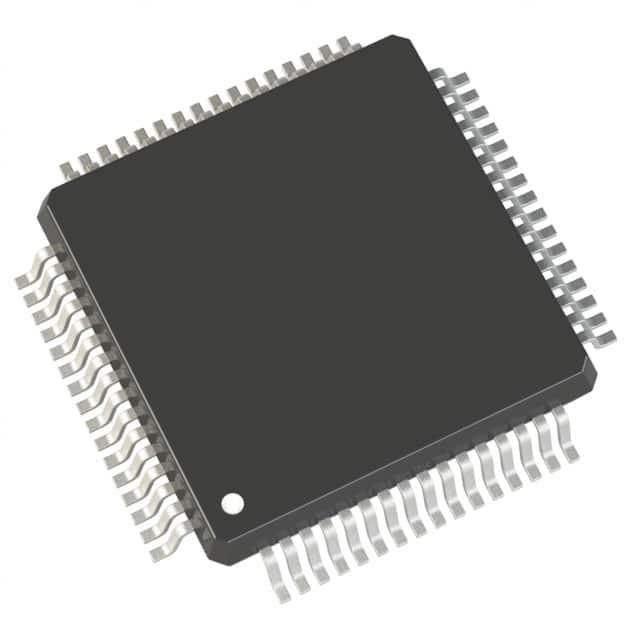| Specification of STM32F446RCT7 | |
|---|---|
| Status | Active |
| Series | STM32F4 |
| Package | Tray |
| Core Processor | ARM? Cortex?-M4 |
| Core Size | 32-Bit |
| Speed | 180MHz |
| Connectivity | CANbus, EBI/EMI, I2C, IrDA, LINbus, SAI, SD, SPDIF-Rx, SPI, UART/USART, USB, USB OTG |
| Peripherals | Brown-out Detect/Reset, DMA, I2S, LVD, POR, PWM, WDT |
| Program Memory Size | 256KB (256K x 8) |
| Program Memory Type | FLASH |
| EEPROM Size | – |
| RAM Size | 128K x 8 |
| Voltage – Supply (Vcc/Vdd) | 1.7V ~ 3.6V |
| Data Converters | A/D 16x12b; D/A 2x12b |
| Oscillator Type | Internal |
| Operating Temperature | -40¡ãC ~ 105¡ãC (TA) |
| Mounting Type | Surface Mount |
| Package / Case | 64-LQFP |
| Supplier Device Package | 64-LQFP (10×10) |
| Number of I/O | 50 |
Applications
The STM32F446RCT7 microcontroller is ideal for applications requiring high performance and low power consumption. It excels in automotive systems where it can manage complex control algorithms while maintaining energy efficiency. In industrial automation, it supports advanced sensor integration and data processing tasks. For consumer electronics, its versatility allows for efficient multimedia processing and connectivity solutions. Additionally, it finds application in IoT devices due to its robust security features and low-power operation.
Key Advantages
1. Technical specification 1: The STM32F446RCT7 features a Cortex-M4 core running at up to 80 MHz, providing exceptional processing speed and efficiency.
2. Unique architecture feature: It includes a dedicated hardware FPU that enhances floating-point operations significantly compared to previous models.
3. Power efficiency data: With a typical active current of 90 mA at 3.3 V and 80 MHz, it offers excellent power management capabilities suitable for battery-operated devices.
4. Certification standards: The chip complies with various safety and reliability standards, making it suitable for critical applications like medical equipment and aerospace.
FAQ
Q1: Can the STM32F446RCT7 be used in high-speed communication protocols?
A1: Yes, it supports multiple high-speed communication interfaces such as USB 2.0 Full Speed, CAN, and SPI, which are well-suited for high-speed data transfer requirements.
Q2: Is the STM32F446RCT7 compatible with existing STM32Éú̬ϵͳÖеĿª·¢¹¤¾ß£¿
A2: Absolutely, the STM32F446RCT7 is fully compatible with the STM32Éú̬ϵͳÖеÄIDEs and tools, ensuring seamless integration into your development workflow.
Q3: What development tools are recommended for STM32F446RCT7?
A3: We recommend using Keil MDK-ARM for C/C++ development and ST-LINK/V2 for debugging and programming. These tools provide comprehensive support and ease of use for STM32F446RCT7 projects.
Other people’s search terms
– STM32F446RCT7 applications
– STM32F446RCT7 key advantages
– STM32F446RCT7 FAQ
– STM32F446RCT7 development tools
– STM32F446RCT7 certification standards



